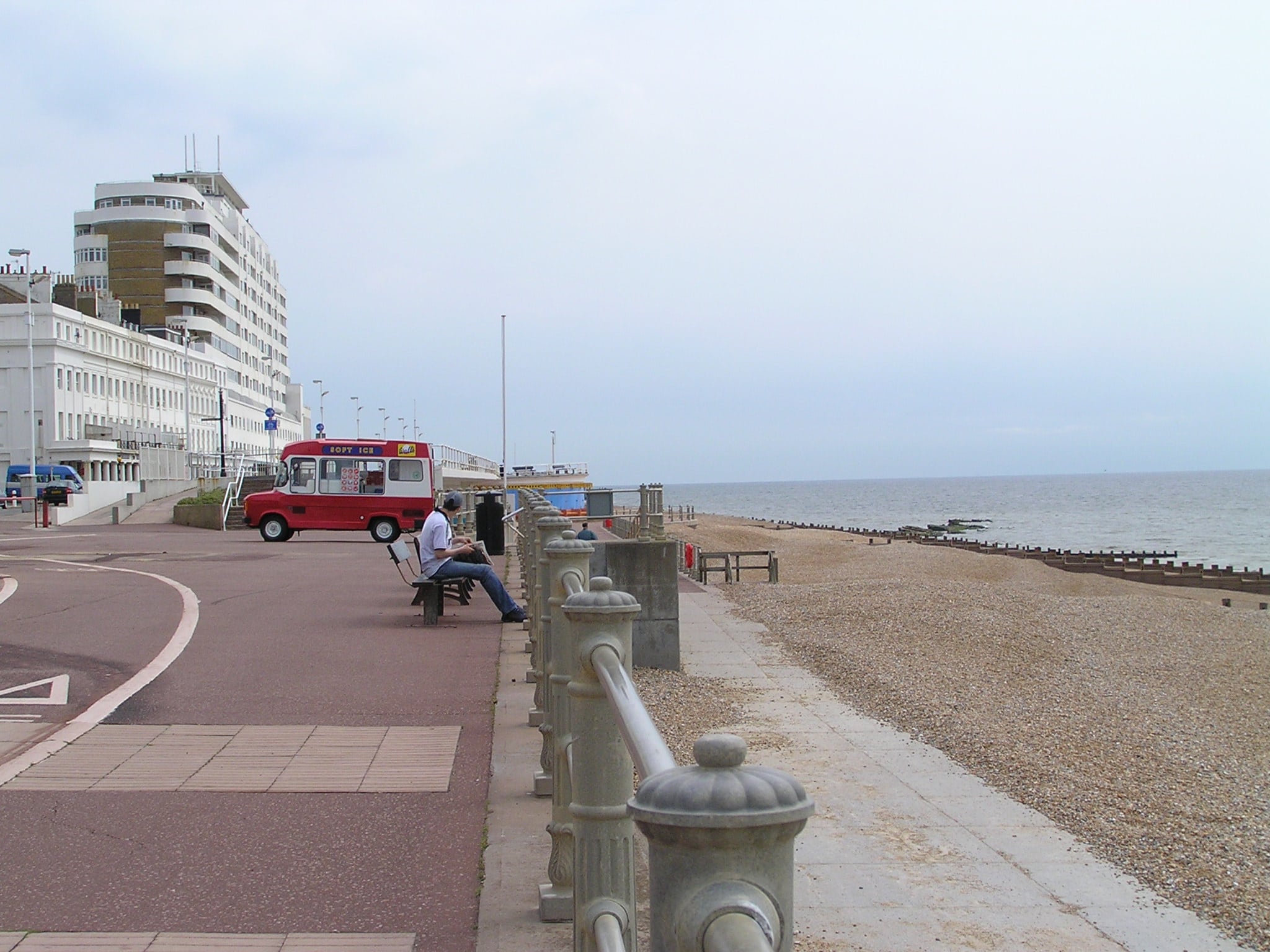If you took a very simple situation where you’ve got a building with a ground floor flat and a first-floor flat both have the benefit of the foundations of the building and the roof to keep it sheltered. You need some kind of administration system setup because the ground floor flat while it doesn’t have control over the roof is reliant on its maintenance. And the first-floor flat while it doesn’t have control of the foundations is reliant on them just to exist. Because buildings unlike in cartoons do not hang in the air when the bottom gets blown up. You also need to make sure the building is insured in case of a disaster as well.
So leaseholds were set up. The main features of a leasehold is that there are restrictions to do with what the occupiers can or can’t do. So typically, these things might include pets and not doing anything illegal or immoral. If there’s a balcony a simple thing like not hanging the washing out, so that it makes the building look unsightly across the balcony, might be another common restriction.
The other two features are a ground rent, this is a sum of money that is paid every year but it doesn’t have to be money and you’ll often hear the term ‘peppercorn ground rent’. It literally means that ground rent is paid in the form of a single peppercorn so it doesn’t really have any monetary value but it does make the lease valid.
The second thing is a maintenance and service charge. So, there might be common areas to the building not only the roof and the foundations, but it might be external decoration, some garden areas or a common hallway that needs to be lit, and cleaned and insured of course as well. The maintenance and service charge covers the costs of all of those items.
If you’re a buyer looking at leasehold property it would be wise, if the information is immediately apparent, to ask the estate agent how much the ground rent is and how much the maintenance and service charge is.
Then the other piece of essential information it’s always worth asking is the length of the lease because it will be for a fixed term. Typically, the shortest lease is started off with 99 years and the longest ones 999 years. Obviously, years will run away and it could be a lower term so you need to ask those questions.
Then one you’ve got all that information, take some advice, there are plenty of people to help you. You could ask your estate agent, you could ask your solicitor and you could ask your mortgage adviser if you’re unsure about any of those aspects. But with all that information hopefully you can now go away and successfully purchase a leasehold property.
http://www.propertymark.co.uk/advice-and-guides/buying-a-home/freehold-vs-leasehold.aspx

